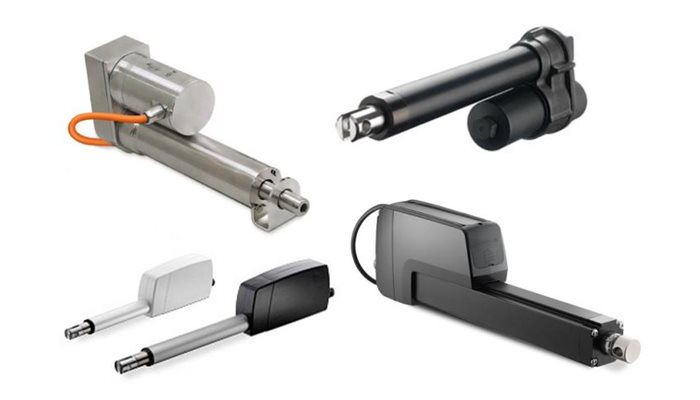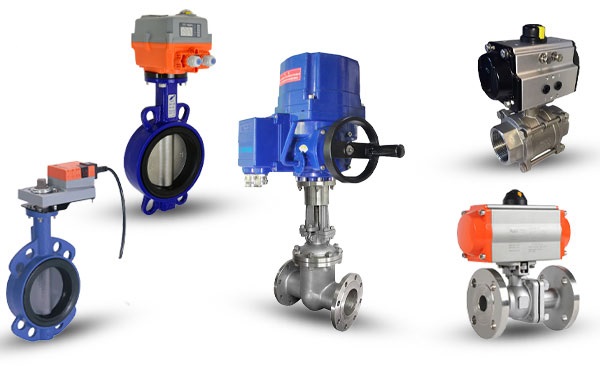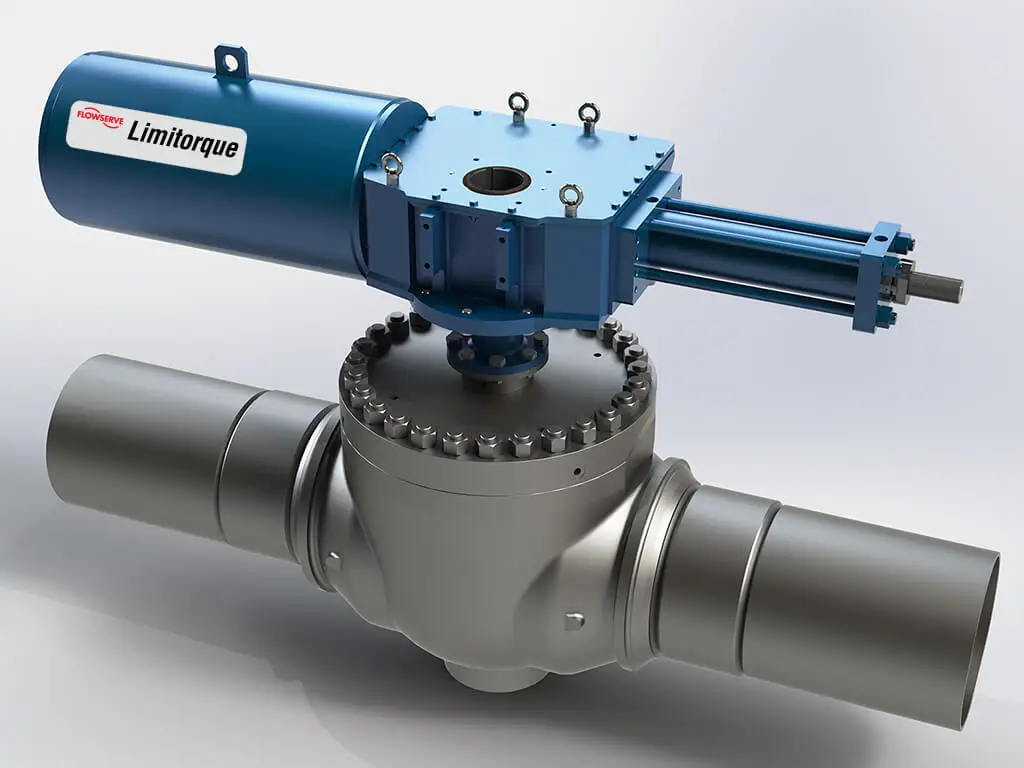Different parts and equipment are used in various industries for the optimal use of valves in systems and piping, each of which plays an important role in improving the process of controlling the pressure and temperature entered into the system. Operators are among these important equipments for better system control.
Operators are also known as operators in the industry. These actuators are often manufactured as pneumatic or air, electric or mechanical, and mechanical or manual, and by installing them on the valves, they open or close completely or have a percentage of that control. Actuators do this by converting rotational force into linear force and vice versa. In general, actuators need a constant energy source to perform their activities. such as the compressed air energy source that is always required for pneumatic actuators.
One of the important and essential tools in industrial processes is the driver, which in the control loop is simply a tool that converts a form of energy into rotational or longitudinal movement and causes force to be applied.
The uses of the operator are as follows:
- Control method in the production process
- The possibility of accessing the valve or the need for remote control
- The need to disconnect the system operator from a safe place in case of emergency
- High torque required to open or close the valve
- Safety issues
Types of actuators
As mentioned, actuators, like electric motors, give us a mechanical movement in their output. This mechanical action must have appropriate speed and accuracy. Operators have different types according to their excitation coefficient.

Electric actuator
The electric drive uses an electric motor to provide the required energy. These types of actuators consist of an electric motor, control system, gearbox and limit switch. In these actuators, the speed of the electric motor is reduced by using a gearbox and it reaches the desired rotational speed.
The gearbox makes the driver have proper accuracy and stability. The control system in these operators has simplified the control of these operators and they can be used in systems that require precise control. Considering that the power source of these actuators is electricity, they do not have pollution and leakage and are considered clean equipment. These actuators have a relatively high price, but because they have few moving parts, they have low maintenance costs.
Advantages of electric actuator:
- It has the ability to change the engine speed with the help of the gearbox and reach the desired speed
- You can easily manage the electric motor in the control system.
- Absence of pollution and humidity in the environment
- Simple energy supply
- No fluctuations in output
- Compact and small designs
Pneumatic actuator
One of the most widely used actuators are pneumatic actuators, which are also called actuators or pneumatic actuators. Pneumatic actuators or air actuators are one of the mechanical industrial parts that react to flow pressure instantaneously or with a predefined program. They react quickly.
These actuators must be continuously pressurized by a source of compressed air during use. Therefore, when necessary, this type of actuator is used to control or open and close valves. These pneumatic actuators are classified based on the torque produced and each one is used according to a specific material and pressure to provide the best performance. Therefore, to choose a pneumatic actuator, the pressure of the flow and fluid inside the pipe, as well as the size of the valves used, must be considered.
Types of pneumatic actuators: Diaphragm pneumatic actuator and Piston pneumatic actuator
Advantages of pneumatic actuator:
- Easy and cheap supply of compressed air
- The presence of a spring has made these devices more reliable.
- The efficiency of the actuator increases with the increase of hot air pressure
- Simple structure and less damage and relatively less repairs
- Carrying heavy loads
- High power and speed
- No overheating
- High durability and affordable alternative
- Safe to use
Hydraulic actuator
Hydraulic actuators are cylindrical tube and piston assemblies that use hydraulic power to produce linear, rotary, or oscillating motion. This movement, in turn, is used to work with various mechanical tools and systems such as bulldozers, cranes, excavators, loaders and presses. Compared to pneumatic or electric actuators, these devices have several advantages in terms of power, versatility and cost-effectiveness.
All kinds of liquids can be the energy source of a hydraulic actuator, in fact, these actuators can move, rotate or lift a device or a part of it by converting hydraulic energy into mechanical energy.
All hydraulic actuators rely on the principle of fluid compression to work. However, they can be classified into single-acting or double-acting units. Single-acting units apply pressure to only one side of the piston. Consequently, a spring or gravitational force is required to cause the return motion of the piston. These are sometimes called displacement cylinders. Double-acting units exert pressure on both sides of the piston. The pressure difference between the two sides determines which direction the piston moves.
Advantages of hydraulic actuator:
- Ability to store hydraulic pressure
- Low cost sealing and insulation
- Ability to generate high power
Types of actuators according to the type of movement

Linear actuator
This actuator can make a linear motion and acts like a jack and produces a lot of force and at the same time it has high accuracy, so it is usually used in laboratories, but it usually takes up more space than a rotary actuator. . occupies and therefore is usually used in special applications.
Rotary actuator
These pneumatic actuators have a simple structure. A toothed shaft is located in the middle to connect to the valve, and two pistons are placed on both sides of it, which are connected to the shaft with teeth.
In fact, a rotary actuator is a pneumatic cylinder that is used to create rotary or angular motion and enables oscillating motion at a certain angle. These actuators are stable and provide relatively high force (torque). Actuators simplify a design and can reduce maintenance problems.
Rotational operators are divided into two types of rotation with a limited angle (Part-turn) and
They are divided into continuous rotation (Multi-turn).
The most common use of actuators is to open and close valves. Actuators are used in cases where, in terms of safety, there is a need to quickly cut off the current or a high torque is needed. In such cases, remote valve access is necessary or quick access is required.
You can contact our consultants at theexproof.com website to get actuators and instrumentation equipment.
Persian language support Phone: +98935155608
English and Arabic language support WhatsApp: 00971568410575
English and Arabic language support telegram: +16026522982

